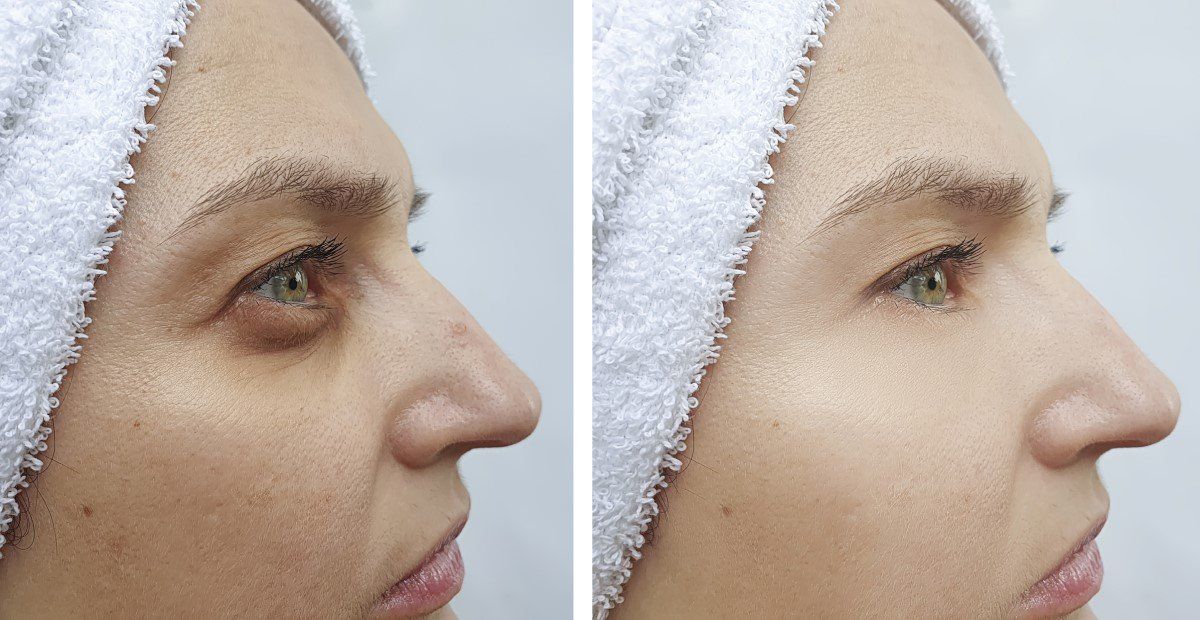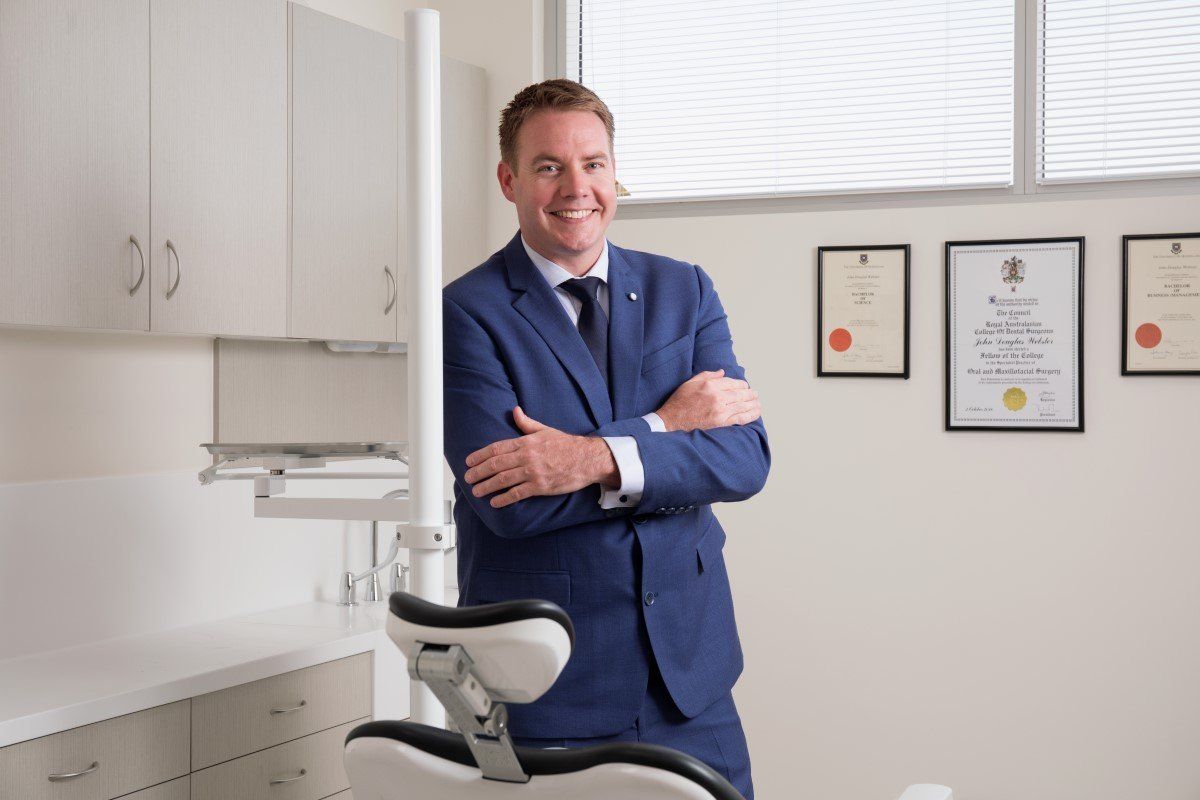Eyelid Surgery
What is Eyelid Surgery?
Eyelid surgery is also known as blepharoplasty surgery (eyelid tuck) which is one of the most common cosmetic facial procedures completed in Australia. This type of surgery is also used to cosmetically and functionally rejuvenate the eyelids and associated structures. By rejuvenating the eyelids, patients may look younger, more awake and refreshed.
Through the aging process the skin and muscle associated with eyelids become loose and baggy making the eyes look old and tired. The tissues that separate the cushioning fat around the eyeball also become weak and fat protrudes into the eyelids forming bags under the lower eyelids and making the upper lids appear thick.
The excess fat and skin tissue which develops can also obstruct vision and in having this corrective cosmetic eyelid surgery, patients don’t only look better, but can often visually see better as well.
Aging changes of the eyelids can begin in the third decade and it is not uncommon to perform cosmetic eyelid surgery on patients in their 30’s and 40’s. Although many patients in this age group still feel young, a common complaint is that in spite of a healthy diet and regular exercise the baggy lids do not correct themselves with this lifestyle improvement and they still look much older than they feel. Friends and family may ask you if you are tired or unhappy when in fact small changes to the eyelids and brow position may quickly change the way your facial appearance is interpreted by others.
The goal of cosmetic eyelid surgery is to remove excess tissue to rejuvenate the eyelid region and restore your overall facial appearance to a naturally pleasing look.
How is Eyelid Surgery performed?
Blepharoplasty surgery is performed under general anaesthesia in an accredited day hospital or private hospital. The surgical procedure and suturing takes approximately 15-30 minutes for each eyelid. In some circumstances the procedure may be performed under local anaesthesia in the practice. The recovery time is usually about one week and during the recovery phase you should refrain from any activity that increases your blood pressure such as heavy activity or lifting. For several days following the surgery the eyelids will remain swollen with bruising evident. You may wish to conceal these symptoms with the use of sunglasses until the swelling decreases and bruising resolves. Most patients that have eyelid surgery on a Thursday or Friday generally recover over the weekend and feel comfortable leaving the house by Monday or Tuesday with sunglasses to cover the surgery.
In some mild cases there are newer technologies for eye lids surgery such as laser and radio wave surgery. These methods produce less bleeding and tissue damage which may result in faster recovery time, less bruising and less post operative discomfort/pain.
Upper eyelid surgery
Lower eyelid surgery
What else should you consider before Eyelid Surgery?
- Ensure your surgeon discusses your eyebrow position before deciding to proceed with eyelid surgery
- Inform your surgeon of any abnormalities of your eyes, vision, or general eye health (including dry eyes or medications related to your eye health)
- Schedule surgery when you can relax for a week at home during your recovery phase
- Avoid strenuous activity, bending over or heavy lifting for 1-2 weeks during your recovery phase
- Consider ceasing medications, vitamins and herbs that can increase bleeding risk prior to surgery
- Complete routine blood tests pre-surgery to ensure blood clotting function is confirmed as normal by Dr John Webster
How can you arrange a consultation to discuss Eyelid Surgery?
All patients seeking cosmetic surgery
must have a referral from their usual GP or if that is not possible, from another general practitioner or specialist medical practitioner. Please note a referral is not required for Non-surgical cosmetic procedures.
If you would like to know how we can help you further, or to book a no obligation consultation with Dr John Webster, please phone 07 4580 4733 or alternatively request an appointment now online .





